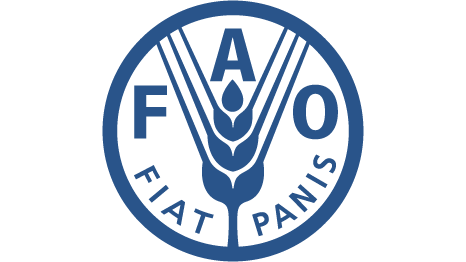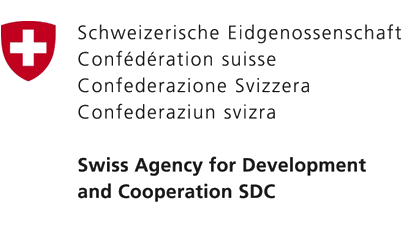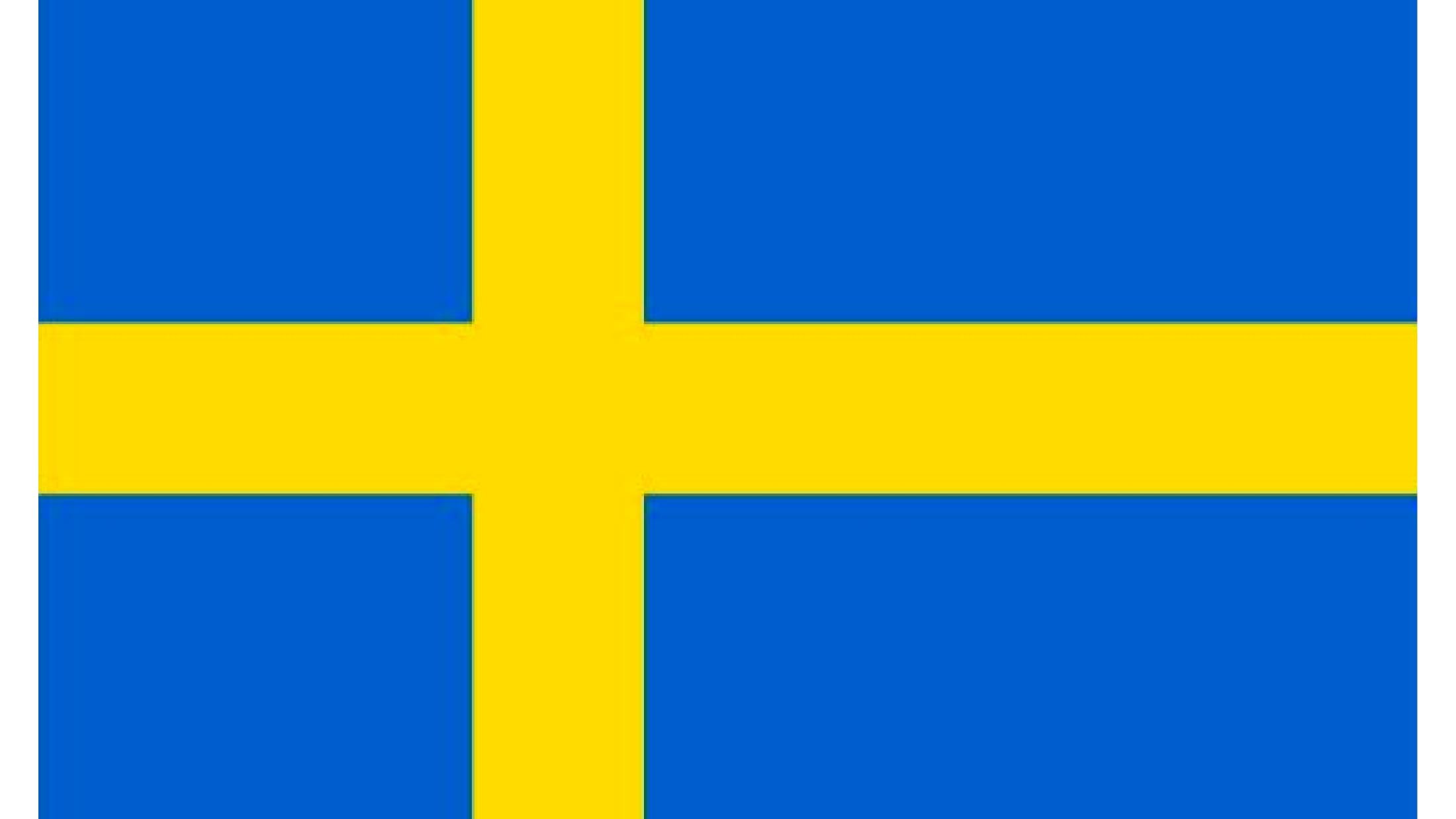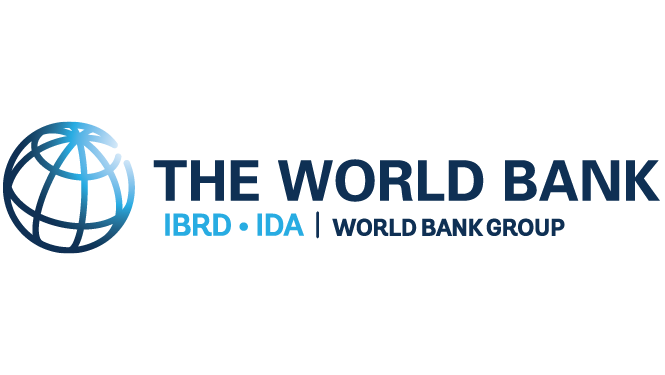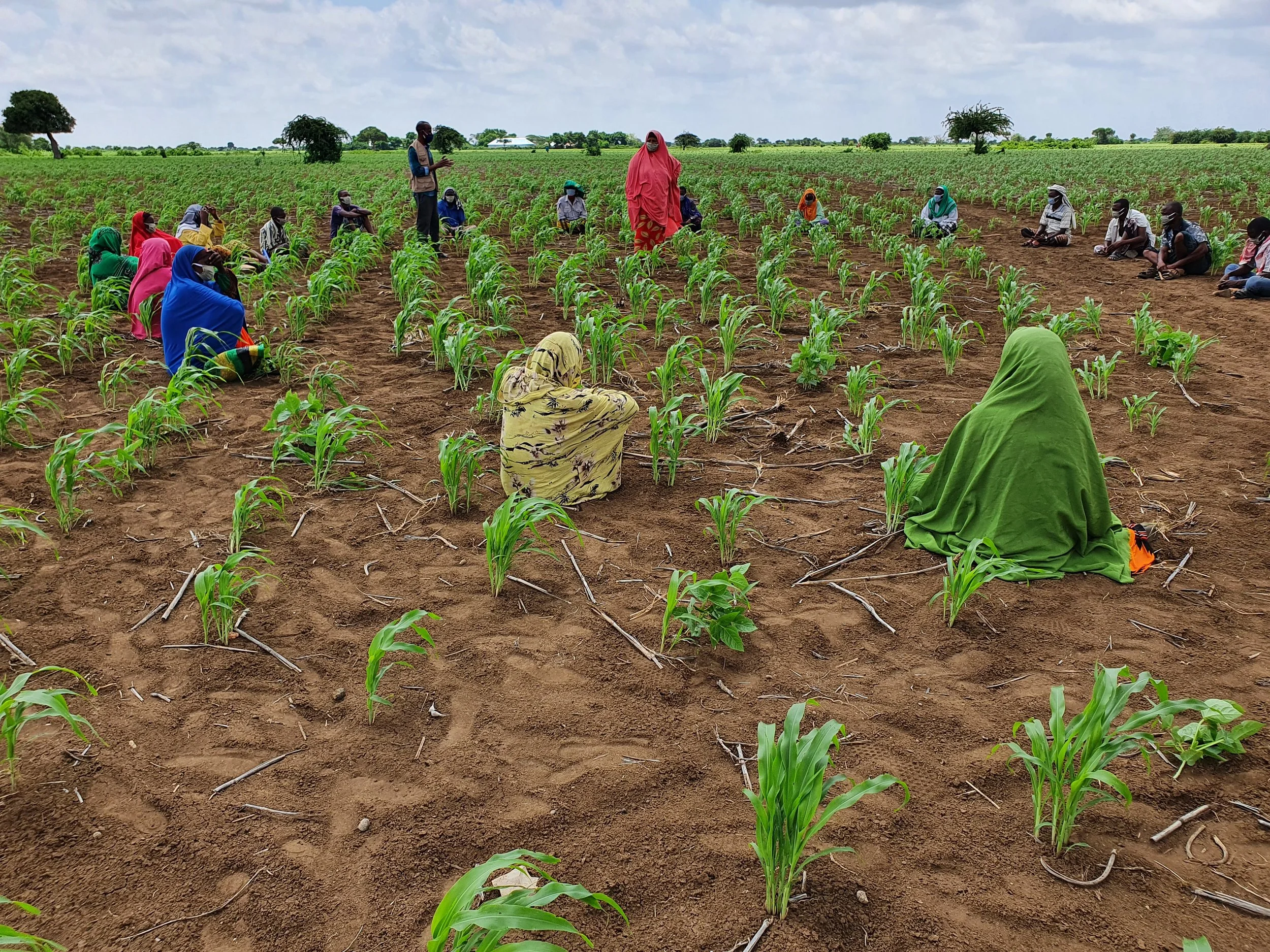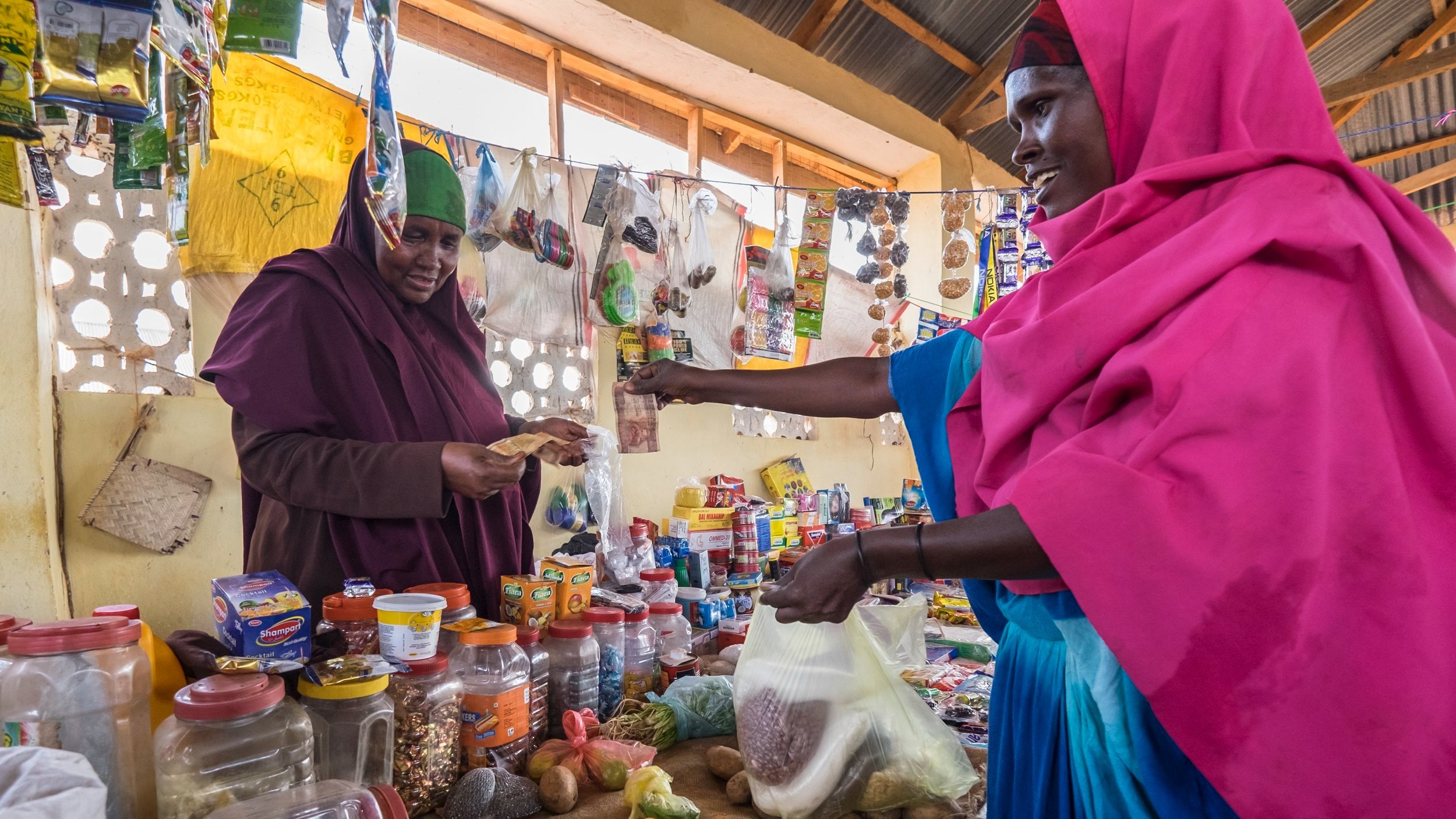
About Us
The Somali Resilience Program (SomReP) is a member-led, resilience-building consortium that strengthens the capacity of pastoralist, agro-pastoralist, fisherfolk and peri-urban host and internally displaced persons communities. With a focus on women, youth and people with disability, the programme aims to mitigate the impact of natural and manmade shocks and stressors, adapt to climate change, as well as diversify and adopt sustainable livelihood strategies.
SomReP works directly with communities, in partnership with government, local civil society and the private sector in disaster risk management, including access to early warning and early action mechanisms, climate change adaptation, natural resource management, assets development, value chain development, inclusive market systems and economic empowerment, and social inclusion. Safety nets strengthening, combined with livestock and agricultural recovery, also form the core of SomReP’s resilience efforts.
SomReP hosts platforms, including the Somali Response Innovation Lab (SomRIL), Somali Livestock Insurance Consortium (SLIC) and Resilience Nexus Learning Action Network (RNLAN) that champion innovations key to resilience building and scale their application through members, local civil society and governments throughout the Horn of Africa.
In 2022, SomReP consortium celebrated its 10-year anniversary, having raised $113,945,068 in resources to reach 256,000 households through an area-based resilience building program, supporting communities to buffer shocks, adapt to climate change and promote transformation of the social and economic systems.
Resilience Building Approach
SomReP works over multiple years from the bottom-up to support livelihood groups, community structures, government and private sector to build absorptive, adaptive and transformative capacities to enhance resilience. To build absorptive capacity, the program supports families, farmers, livestock keepers, fisherfolks, micro and small enterprises, community and state structures to analyze hazards, identify own capacities, pre-plan response and resilience-building strategies and strengthen safety nets to mitigate the impact of shocks and stressors. Whole communities are supported to implement their adaptive strategies through the development of productive assets and basic services; training to livelihood groups in climate smart and sustainable production, marketing practices, provision of green technologies and strengthening to input support networks; provision of business development services for micro and small enterprises and producers; and enhancement of natural and peace management structures. To enable households, groups and communities to fully exercise new capacities and sustainably implement resilience strategies, the program supports communities and groups to transform systems through awareness creation and advocacy to catalyze inclusive government and private sector policies and mechanisms to involve marginalized in decision-making processes and economic life
Good Agricultural Practice (GAP), Baidoa District
Consortium Members
As Somalia changes, the consortium evolves to address emergent threats and take advantage of new opportunities. The consortium draws upon its members best-practices and integrates these with the latest global insights from the resilience community of practice to implement a holistic model which bridges the humanitarian and development continuum with the goal of increasing the resilience of chronically vulnerable Somali people, households, communities and systems to climatic shocks and other related risk in pastoral, agro-pastoral and peri-urban livelihood zones by 2023
-
Action Against Hunger Has been conducting humanitarian programs in Somalia since 1992. Currently, their activities focus on treating and preventing malnutrition, increasing access to clean water and appropriate sanitation, strengthening food security and livelihoods and thus boosting the resilience of communities in Somalia as well as rapid emergency response
-
Adventist Development and Relief Agency Has been operating in Somalia since 1992 implementing emergency relief and development interventions. Their portfolio is in water and sanitation, education, energy and livelihoods, food security and relief interventions.
-
CARE Has been providing emergency relief and lifesaving assistance in Somalia since 1981. Their main program activities include projects in water and sanitation, sustainable pastoralist activities, civil society and media development, small-scale enterprise development, primary school education, teacher training, adult literacy and vocational training
-
COOPI COOPI has been running emergency and long-term resilience building projects including health, food security & livelihoods, water and sanitation projects to improve the living conditions of thousands of vulnerable families in Somalia since 1984
-
DRC Since, 2013 DRC has been implementing a resilience programme through SomReP with the objective of improving household resilience to drought and other related risks. This has been through trainings, building of community infrastructure and government institutional structures and provision of start-up capital to women’s groups to enable them to build marketable businesses.
-
Oxfam
Oxfam has been working in Somalia for over 40 years with local communities, civil society and local authorities, delivering humanitarian assistance and longer-term development initiatives.
-
World Vision
Since 1993, World Vision has been working in areas of Somalia with the highest levels of child poverty. Its goal is to achieve long lasting benefits in the quality of life for vulnerable children and their families, displaced persons, and communities using a development approach that increases participation, understanding and unity among people of different cultures while promoting the rights and interests of Somali children.
-
Shaqodoon
Founded in 2011 to create innovative and long-lasting solutions to Somalia/land’s youth employment challenges. The organization designs, delivers, and evaluates innovative programs to address some of the local community’s most urgent challenges in livelihood skill training, education, and health
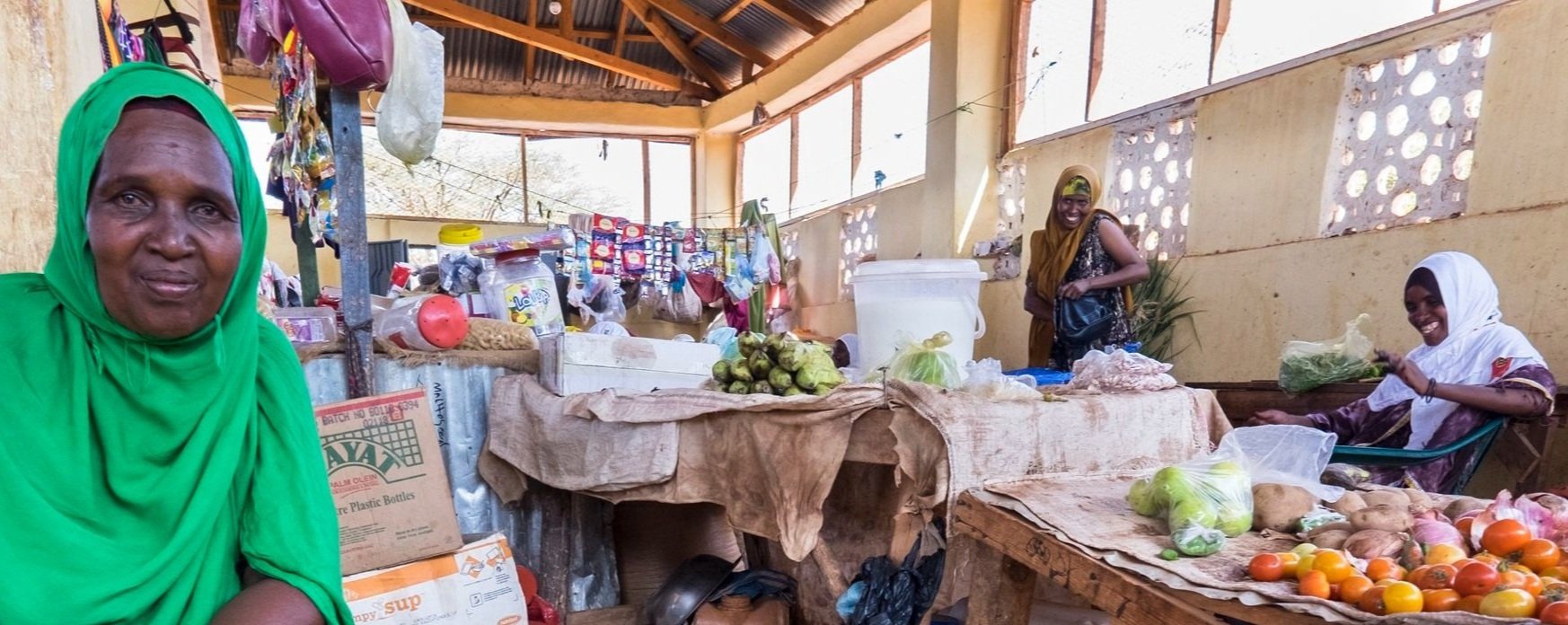
“Honored to be part of a program that is at the forefront of empowering women and girls across Somalia and Somaliland. #BreakTheBias!”
— Sabina Kamau, Senior Program Officer @ SomReP
Focusing on Impact
A proactive approach helps maximize SomReP’s impact among vulnerable Somali households.
Donors and funding agencies
SomReP is supported by generous donors who believe in supporting long term resilience building in the Somali region.




